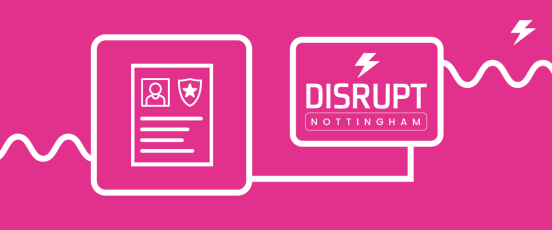Managing dyslexia in the workplace

With one in ten people in the UK being dyslexic, there’s probably a few in your workplace. How can you offer support to these employees, and create a workplace environment where they can thrive?
Understanding dyslexia
Dyslexia is a condition known as a specific learning difficulty (SpLD), which means it impacts how someone processes information. Dyslexia affects your ability to process written information, which can impact your reading and writing skills.
In addition to dyslexia, you may have heard of other specific learning difficulties, including:
- Dyscalculia, which makes understanding numbers difficult
- Dysgraphia, which leads to problems with the physical act of writing
- Dyspraxia, which leads to difficulties with motor control
- ADHD
These specific learning difficulties have comorbidities with each other, which means they share symptoms. Many people with SpLDs struggle with fatigue, or memory problems, for example. You may have been diagnosed with one and find you have some symptoms of the others- but that doesn’t necessarily mean you have all of them.
Having a specific learning difficulty is not a reflection on someone’s intelligence, cognitive ability or talents. There are several stereotypes attached to these conditions. For example, some assume that having dyslexia makes you unable to read or write. But Agatha Christie, the famous mystery writer, was dyslexic!
Despite the above, many employers are reluctant to hire and make accommodations for employees with dyslexia or other SpLDs. Because of that, many employees often want to avoid disclosing dyslexia in the workplace, especially if they might need additional support.
However, people with dyslexia tend to be amazing at out of the box thinking and often they tend to be exceptionally creative. If you create a workplace that not only tolerates but supports and celebrates neurodivergence, you’ll get a whole new perspective and can leverage that into some powerful outcomes.
Challenging stereotypes is vital to help support these employees.
Dyslexia is not:
- A sign someone just didn’t try hard enough at school
- Laziness
- Illiteracy
- A sign of unreliability
It also can’t be ‘grown out of’. Likewise, 1 in 10 people in the UK are thought to have some form of dyslexia. The odds are very good that you have an employee with dyslexia, so you can’t really ignore the importance of creating a supportive culture.
The impact of dyslexia in the workplace
When we talk about dyslexia, the conversation is often focused on dyslexic students. Many adults with dyslexia get left to flounder, even if they’re able to get a formal diagnosis.
Some of the challenges faced by dyslexic employees include:
- Inconsistent spelling
- Finding some tasks really easy, but others more difficult
- Difficulties with time management and personal organisation
- Forgetting important dates or conversations
- Being more likely to suffer from burnout
- Struggling with sensory overload
- Suffering from anxiety and low self-esteem
Exactly how dyslexia impacts any given employee can vary hugely. Typically, stress can make symptoms worse, as that often causes management strategies to fall to the wayside.
It’s really important to emphasise that dyslexia can have a positive impact on the workplace too. Dyslexic employees often tend to be very resilient, with an incredible sense of perseverance. They also tend to have a greater capacity to see the bigger picture, with strong visual and spatial awareness, leading to a lot more innovation.
Creating a dyslexia-friendly environment
Firstly, just because someone doesn’t disclose they have dyslexia doesn’t mean they don’t have it. In addition to offering individual accommodations, creating a supportive culture that’s dyslexic-friendly will help. If you make a point to emphasise support in this area, you might find more people are comfortable disclosing dyslexia at work. In particular, take a look at your recruitment process. Is it accessible? Do you force employees to enter loads of text over and over again? What fonts do you use?
You also need to make sure that you offer reasonable adjustments for these employees. For example, providing written instructions in addition to spoken instructions can help them remember what they’ve been asked. Using digital recorders to transcribe and record meetings can also help. Providing private workspaces or hybrid working options can also help maintain focus and reduce distractions. There are also a range of dyslexia friendly fonts (Comic Sans is the most famous, but Arial, Verdana and Calibri are also popular options) which can make written text easier to parse.
Making adjustments to your communication style, and having managers do so as well, can also really help. Don’t just list off instructions without stopping to check the person is following along.
There are a huge range of assistive tools and resources for dyslexia support. Text to speech software can help someone process written information, as can screen readers, scanning pens and mind-mapping software.
HR also has a role for supporting employees with dyslexia. Remember, dyslexia is covered by the Equality Act 2010, so if you don’t make reasonable accommodations for employees, this can lead to you being liable for discrimination.
Final thoughts
Fundamentally, how you support an employee with dyslexia will depend on the employee. If you want to provide them the best employee experience where their needs are properly accommodated, a personalised approach is best.
Check-ins between employee and manager are a great way to make this happen, so if you’d like to foster open communication and create a workplace that supports and embraces neurodiversity, take a look at our check-in guide.



